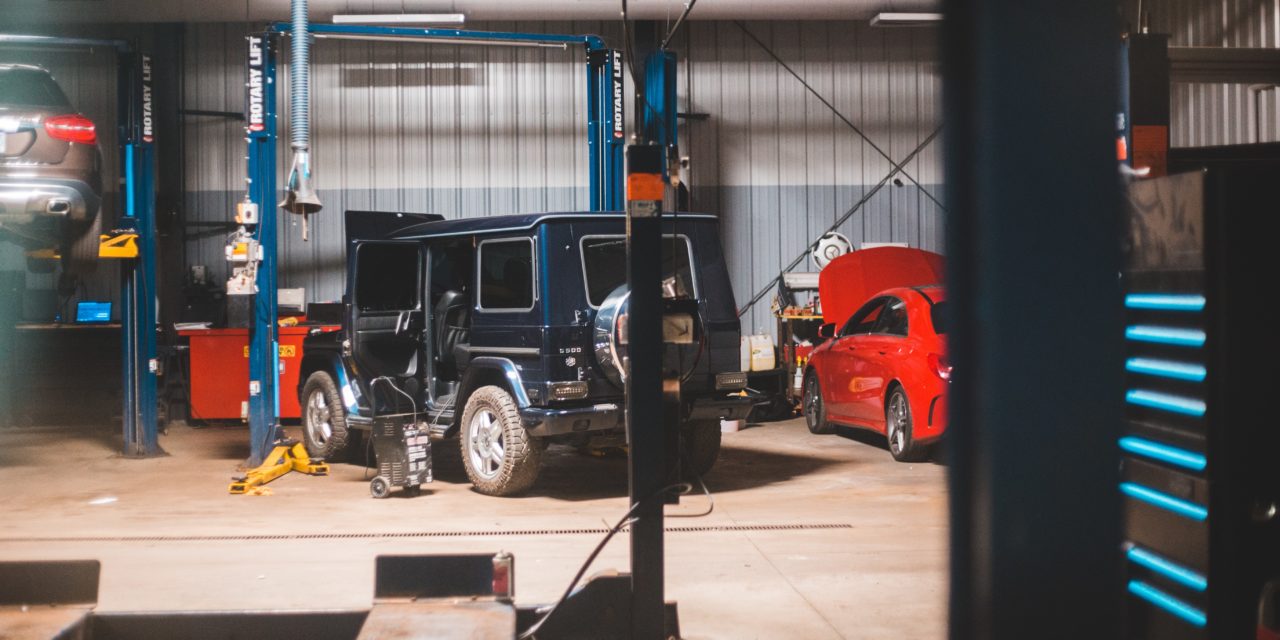[ad_1]
The Honda CBR600 series has been touted as one of the best sport motorcycles in the industry. In fact, the Honda CBR600RR (the race replica version of Honda's CBRFx series motorcycles) has won every Supersport World Championship title from 2002 to 2008. But how did it all start? Here is a brief history of the Honda CBR600 series and how it has evolved throughout the years.
1987 to 1990 CBR600
When it was first introduced, the CBR600 series featured a “jelly mold” fairing that hid a steel frame, an inline four of 598cc with 16 valves and 70-80bhp. The CBR had 37mm forks, 276mm front discs and a three-spoke 17-inch front wheel, and it had a top speed of almost 150mph. Changes to the motorcycle parts in 1989 added rebound adjustment on the shock, modified fairing and a span-adjustable brake lever.
1991 to 1994 CBR600
Now known as the “classic” CBR (the amount of Honda OEM parts for these models says it all), from 1991 to 1994 the CBR added new aesthetics that hid a developed frame with braced engine mounts. The engine was now 599cc and made around 85bhp with true top speed of 150mph. 1993 saw an increase to 41mm forks and a remote reservoir for the shock with compression damping.
1995 to 1998 CBR600
Although slightly smoother aesthetics were introduced from 1995 to 1998, the “old-school” CBR look still remained during this time. 1997 updates included a sleeker rear end, new lights, and an alloy grab-rail. Underneath the “jelly mold,” a ram-air system, bigger carbs, a higher compression motor and revised ignition were added. Wider rear motorcycle tires, revised suspension, and larger diameter 296mm front discs were also added. The 600's top speed was now about 155 mph.
1999 to 2000 CBR600
In 1999 the old steel frame was replaced with an ally beam-frame, and new 43mm forks and updated brakes were also added. The motor featured a revised ram-air intake and more plates in the clutch for a lighter action, allowing the CBR600 to break the 160mph barrier. Additionally, a 180-section rear tire and bolt-on sub-frame hinted at race intentions in the Supersport World Championships.
2001 to 2006 CBR600
From 2001 to 2006, Honda gave the CBR a much sportier look, including two-headlight stare. A new fuel-injection system was also added. The FS had a two-piece stacked seat, different cams and valves (for better race tuning), a lighter flywheel, an extra clutch plate, and black frame and swingarm. The F-S (or F-Sport) was dropped from the line in 2003 with the arrival of the sharper “RR” but the flexible and dependable “F” still has a place in today's Honda's range.
2003 to 2004 CBR600RR
In 2003 the RR arrived on the scene with an all-new, rev-happy engine, “center-up” underseat exhaust and updated fuel injection which pushed top speeds to about 165mph.
2005-2006 CBR600RR
Some subtle bodywork modifications make the bike look faster as well as help the ram-air system's efficiency. An improved fuel-injection, upside-downers with radially-mounted brake calipers, and changes to the inlet ports give the bike more midrange – something notably absent from the RR3 and RR4's repertoires. The bike's top speed is still around the 165mph mark.
2007 and on… CBR600RR
The aesthetics on this bike are all-new starting in 2007, as is the motor, which is lighter and more powerful than ever before, in part due to Dual Sequential Fuel-Injection. The new CBR is 22mm shorter than the previous model and now has Honda's Electronic Steering Damper fitted. And while minute changes have been made from model to model, the overall styling has remained the same. Apparently, you don't want to mess up a good thing. Still, the Honda CBR600 is continuously modified and altered by riders who want to create something new and unique. To check out the parts and motorcycle accessories available to modify your Honda CBR600, check out the Honda CBR600 Aftermarket Parts and Accessories.
[ad_2]
Source by Sarah Simmons

